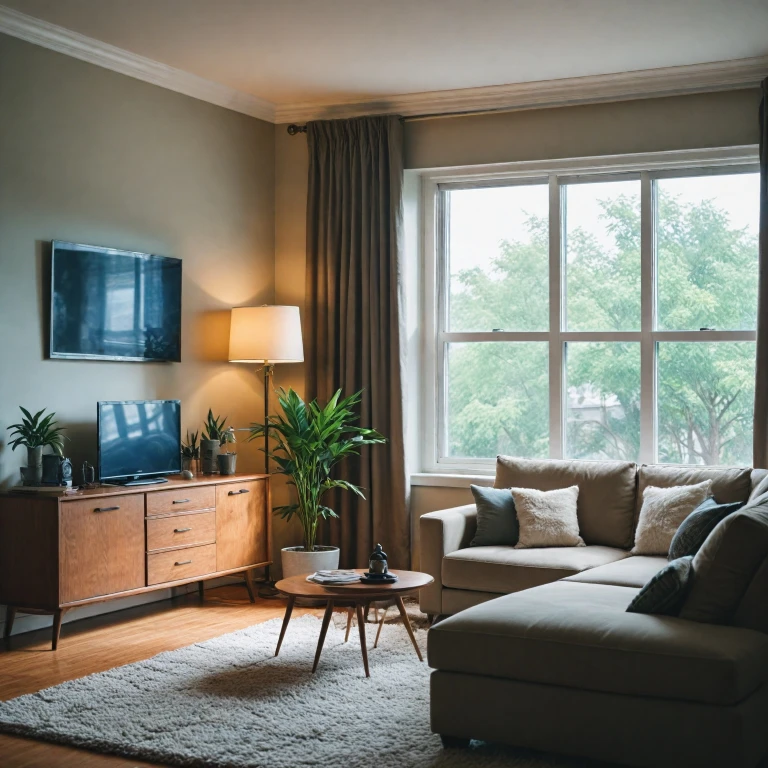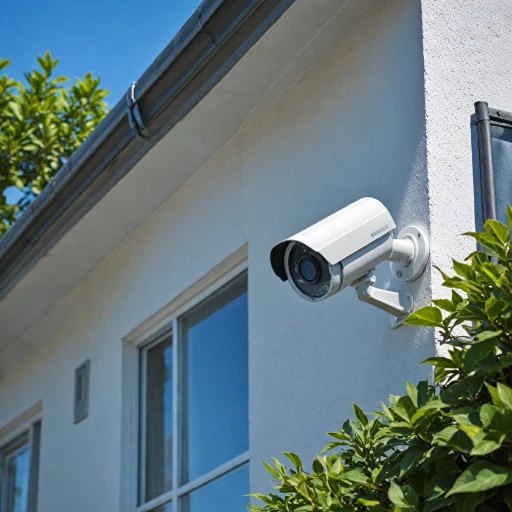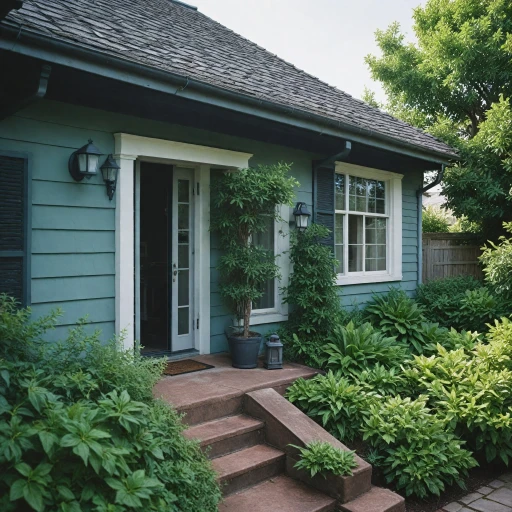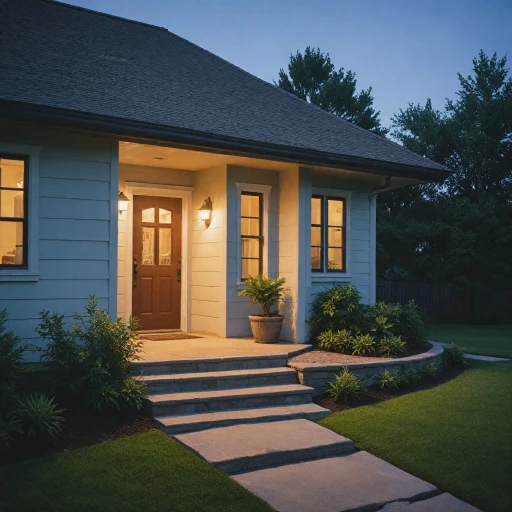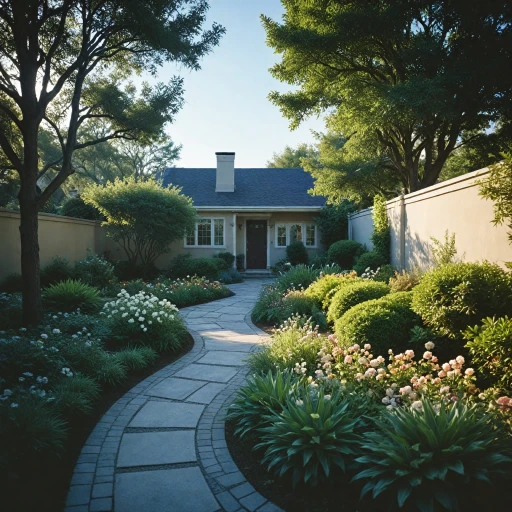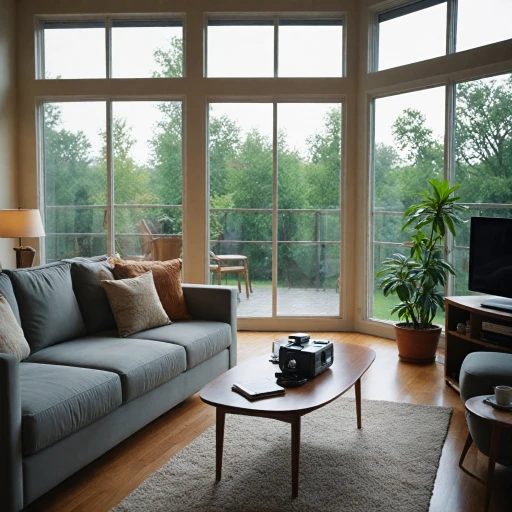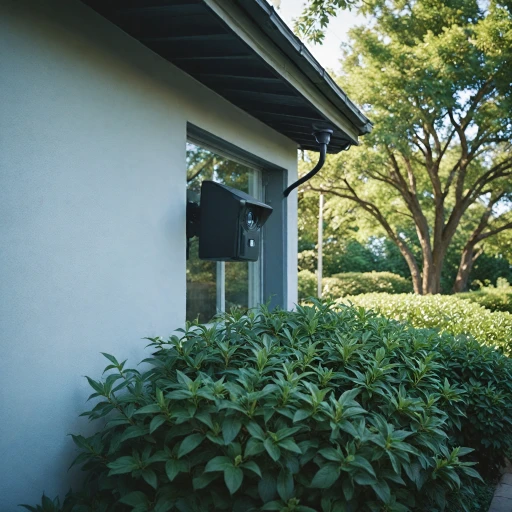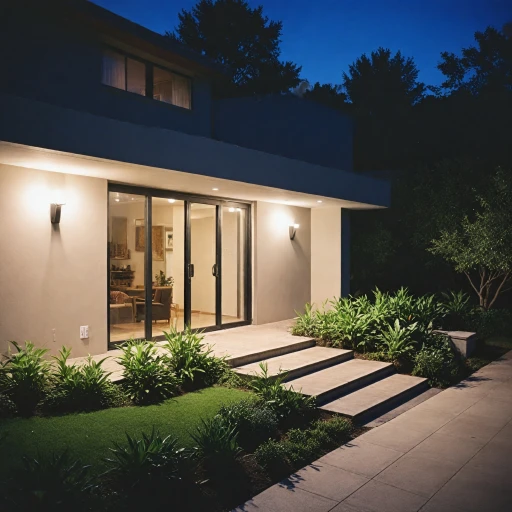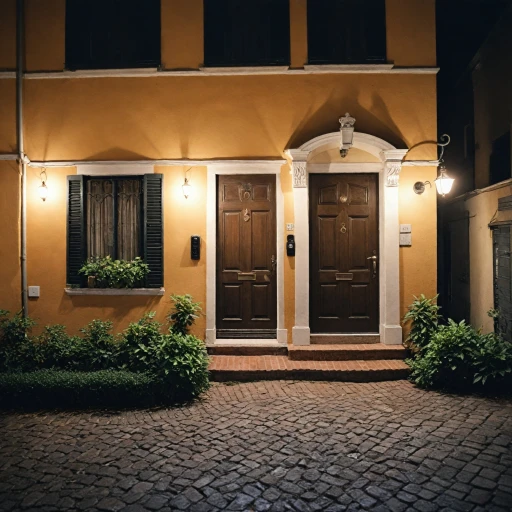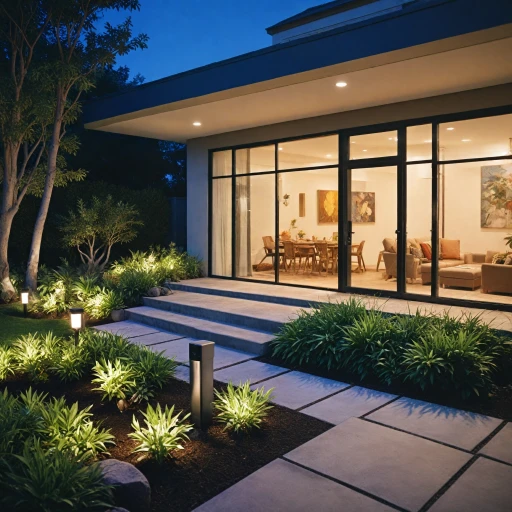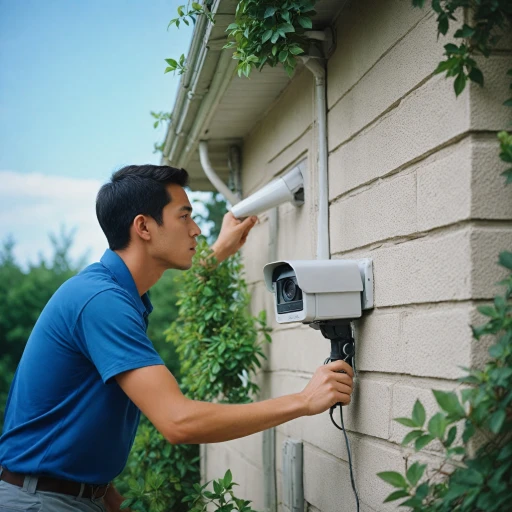
What is an Eyeball Camera?
Exploring the Eyeball Camera Design
An eyeball camera, a popular choice in the realm of home security, is appreciated for its distinctive and compact design. These cameras are typically dome-shaped, allowing for a functional and aesthetically pleasing option for home installations.
The core element of an eyeball camera's structure lies in its ability to provide a wide range of views through a strategically placed lens. The camera's spherical design enables flexible positioning, ensuring that no corner is left uncovered. This design also aids in reducing the device's susceptibility to tampering, contributing significantly to the overall security of the monitored area.
With the option of either a fixed lens or PTZ (pan-tilt-zoom) capabilities, users can tailor their camera systems to meet specific needs. From a high-resolution output to advanced night vision features, eyeball cameras are equipped with a range of technological innovations, including CMOS sensors for enhanced video capture quality in various lighting conditions.
While they offer incredible utility on their own, they can also be an integral component of larger camera systems. Indeed, the benefit of such a system is the ability to implement eyeball cameras alongside various other camera types, augmented by modern network capabilities for comprehensive protection.
To fully explore how eyeball cameras, as part of a security camera suite, can contribute to enhanced home security, you might consider reviewing the additional perspectives such as their functionality in different security settings.
Advantages of Using Eyeball Cameras
Why Opt for Eyeball Cameras in Home Security?
Eyeball cameras have become a popular choice for home security due to their unique design and functionality. Here are some advantages that make them stand out:- Compact Design: Unlike traditional dome cameras, eyeball cameras boast a compact and sleek design, making them less obtrusive in your home environment. Their distinct shape allows them to be discreet yet effective in surveillance.
- Wide Field View: Equipped with a fixed lens, these cameras provide a robust horizontal field of view that efficiently covers more area, reducing blind spots and providing better security coverage in and around your property.
- Night Vision Capabilities: Many eyeball cameras are designed with advanced night vision technology, such as infrared LEDs, ensuring reliable monitoring even in low-light conditions. This is crucial for enhanced protection during night-time.
- Durability and Protection: Eyeball cameras are typically built with weather-resistant materials, adding an extra layer of protection against the elements, making them suitable for both indoor and outdoor use.
- Ease of Installation: Thanks to their form factor, eyeball cameras are easier to install and adjust, compared to other types of security cameras. This can save time and cost in setting up your security camera system.
- Compatibility and Integration: Many products, such as those from manufacturers like Dahua, offer integration with various network protocols and camera systems (such as IPC and AHD cameras), allowing them to easily become part of a more extensive security solution.
Key Features to Look For
Crucial Attributes to Evaluate When Choosing Eyeball Cameras
When selecting eyeball cameras for your home security needs, certain features can significantly enhance your surveillance system's efficiency. Considering these attributes will help you make an informed decision, ensuring optimal protection and ease of use.- Resolution Quality: One of the foremost aspects to consider is the resolution of the security camera. High-resolution cameras, often measured in megapixels, provide clearer and more detailed video footage. Whether you are monitoring your premise during the day or night, a high-resolution camera ensures that objects and faces are captured with clarity.
- Night Vision Capability: For effective 24/7 monitoring, night vision is indispensable. Eyeball cameras equipped with this feature employ infrared sensors to provide visibility in low-light conditions, safeguarding your property both day and night.
- Field of View: The field of view offered by the lens impacts how much area a single camera can cover. Evaluate the lens size and type to ensure it aligns with the surveillance area requirements. For instance, a wider field of view might be necessary for extensive outdoor spaces.
- Built-in Microphone: Including a microphone in the camera system allows for audio capture, which adds another layer of information and can be critical for identifying sound-related incidents.
- Durability and Weather Resistance: Whether indoors or outdoors, the chosen product should withstand environmental factors. Opt for weather-resistant models if the cameras will be exposed to outdoor elements.
- Network Compatibility: Modern security systems often require network connectivity to store footage and enable remote viewing. Ensure your eyeball camera is compatible with your current network, whether it operates on a wireless or wired setup.
- Additional Smart Features: Some cameras offer smart features such as motion detection, integration with other smart devices, and mobile app support. These extras enhance the functionality and convenience of your security setup.
Installation Tips for Eyeball Cameras
Positioning and Connecting Your Eyeball Camera for Optimal Performance
Installing an eyeball camera correctly is crucial to maximizing its security benefits. Consider these tips to ensure your camera is set up for optimal video protection and enhanced night vision capability:
- Choose the right location: Position the camera to cover key entry points of your home, such as doors and windows. This ensures a wide field view and enhanced protection.
- Height matters: Install the camera at a height that prevents easy tampering but still allows a clear horizontal field of view. Ideally, this is between eight to ten feet from the ground.
- Adjust the lens: Depending on your camera type, adjusting the fixed lens or using a PTZ (pan-tilt-zoom) feature can help cover the desired area effectively.
- Security camera connectivity: Ensure all network settings are configured correctly, whether you are using a wired or IPC (Internet Protocol Camera) network system. This is critical for remote view access and video monitoring.
- Considerations for night vision: Cameras with a strong CMOS sensor will generally provide clear night vision. Ensure the area is free of obstructions that can interfere with infrared lights used for night vision.
- Audio features: If your eyeball security camera comes with a built microphone, test its functionality to add an audio layer to your surveillance.
Beyond basic installation tips, remember that many eyeball cameras, such as those from Dahua or other well-rated AHD cameras, come with user manuals and manufacturer recommendations that can guide you further. Additionally, most providers offer fast shipping or even free shipping when you add an eyeball camera to your cart, ensuring that you receive the product swiftly for immediate setup.
Common Challenges and Solutions
Overcoming Installation and Operational Hurdles
When setting up eyeball cameras for home security, a few challenges might arise, but they can be effectively managed with the right approaches.- Power Supply and Connectivity Issues: Ensuring a stable power supply and network connection is vital for continuous operation. Opting for an IPC or other network cameras can enhance connectivity. Be sure to check the camera's compatibility with your existing camera system infrastructure.
- Field of View Configuration: The fixed lens in eyeball cameras, such as AHD cameras, provides a consistent view, but you must strategically position them to cover desired areas. A PTZ dome camera can offer additional flexibility if required.
- Low Light and Night Vision Performance: Evaluating the night vision capabilities is essential. Look for products with a CMOS sensor and proper resolution to ensure clear video in low light conditions.
- Weather and Physical Damage Protection: Like other cameras, eyeball security cameras should be weather-resistant. Choosing products designed for outdoor use can provide better protection against environmental wear and tear.
- Installation and Mounting Concerns: The simplicity of installation can vary with the type of camera and mounting location. Review manufacturer guidelines and consider professional help for more complex setups to avoid recurring issues.
Comparing Eyeball Cameras to Other Security Options
Evaluating Eyeball Cameras Among Varied Security Solutions
When considering home security options, choosing the right type of camera becomes crucial. Eyeball cameras hold their own when compared against other common security systems like dome cameras, bullets, and PTZ (pan-tilt-zoom) cameras.- Camera Design and Lens Type: Eyeball cameras, known for their compact and adjustable design, typically feature a fixed lens. This allows for straightforward setup and provides a consistent horizontal field of view, which is ideal for fixed areas requiring constant monitoring. In contrast, PTZ cameras offer flexibility with their ability to pan, tilt, and zoom, accommodating larger spaces but often requiring more complex installation.
- Night Vision and Video Quality: One standout advantage of eyeball cameras is their strong performance in varied lighting conditions, thanks to advanced CMOS sensors. These allow them to deliver clear video and support night vision, ensuring your security is uncompromised around the clock. Bullet and dome cameras offer these features as well, yet the eyeball's design often enhances its view angles, making it suitable for discreet placements.
- Installation and Network Considerations: Mounting an eyeball camera is typically hassle-free, with the added convenience of being compatible with most camera systems. Whether part of a wider IPC network or standalone products, eyeball cameras integrate well into existing setups. The quick camera setup time is comparable to dome cameras. However, dome cameras may be a bit more suited for mounting at greater heights due to their design.
- Audio Features and their Implementation: Modern cameras often come with a built microphone, and eyeball cameras are no exception. This feature enhances the security benefit by providing audio evidence to accompany visual records. Not all security cameras, like certain bullet cameras, may include audio capabilities.
- Cost Considerations and Shipping: Eyeball cameras can often be found with fast shipping and sometimes even free shipping offers, adding to their attractiveness for quick deployment needs. The pricing of these cameras aligns closely with other static security options like AHD cameras.

